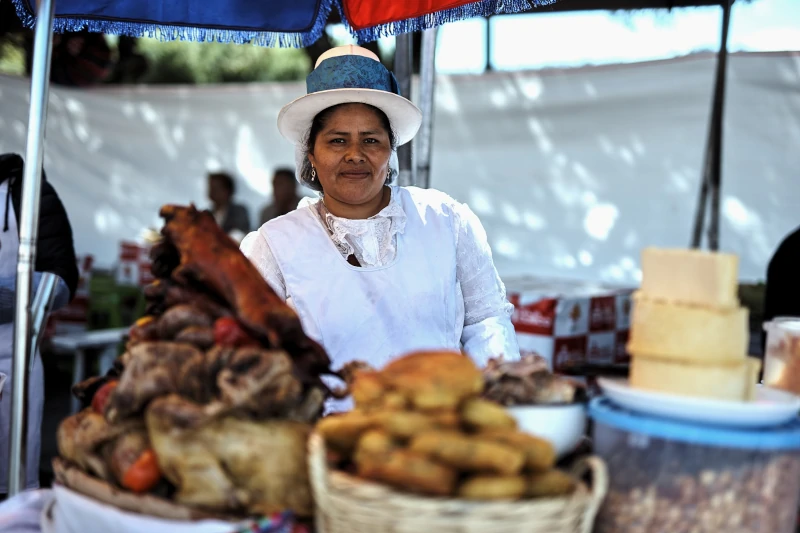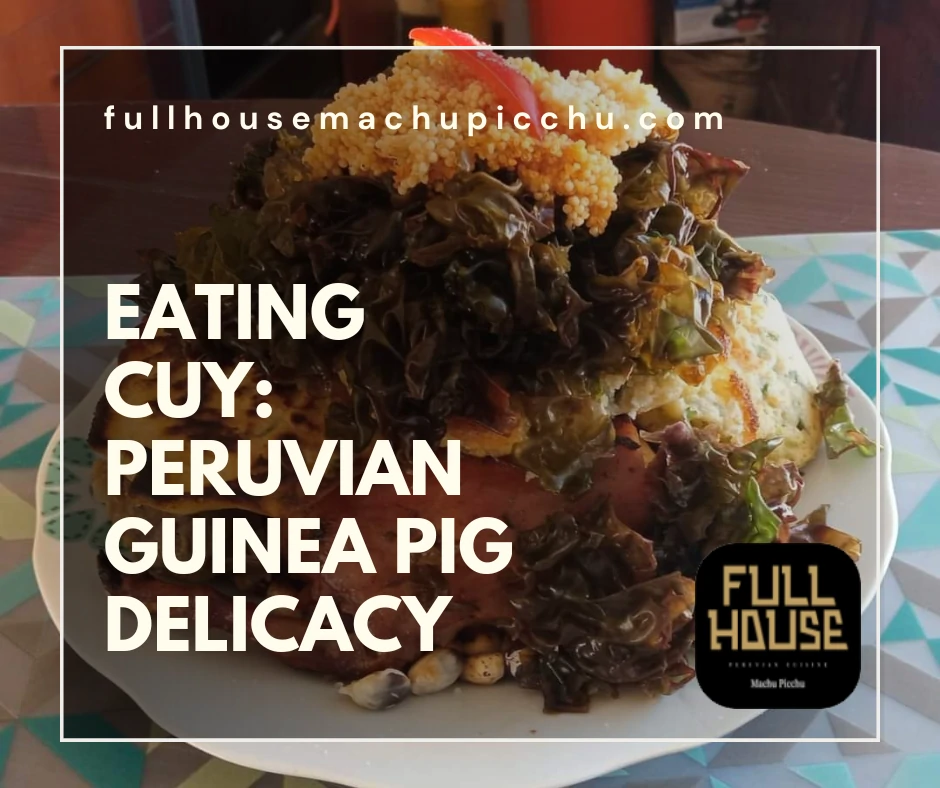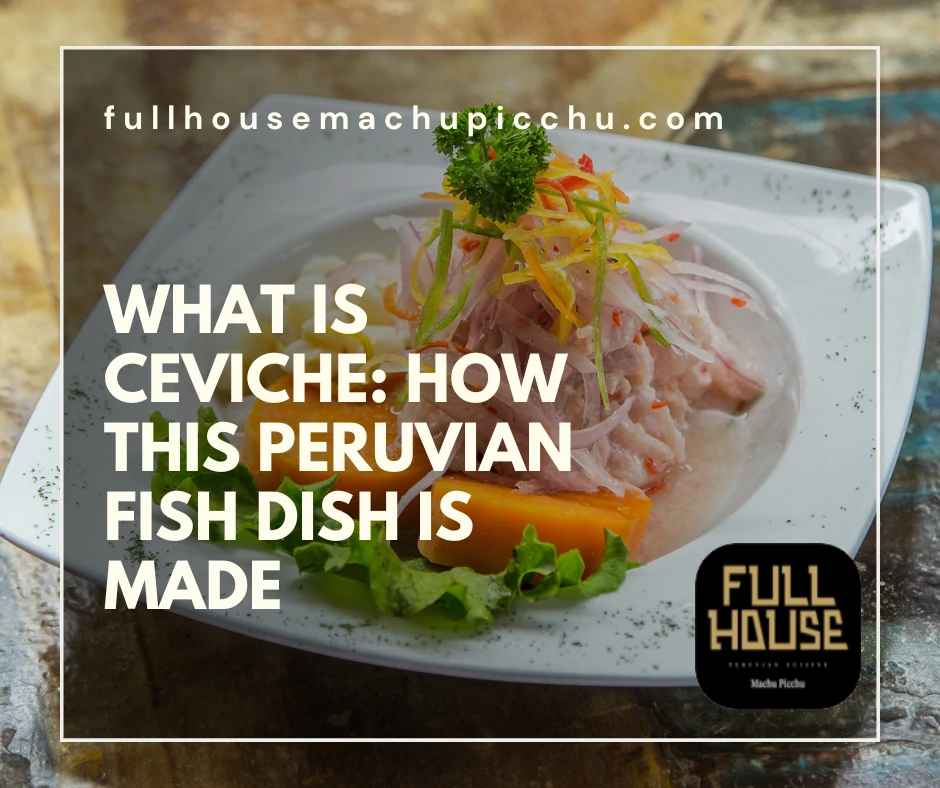Peruvian cuisine, often considered one of the world’s finest, is a captivating blend of flavors, textures, and aromas that reveal the rich history and diverse cultures of its people. While its culinary landscape has been shaped by a multitude of influences, the bedrock of its gastronomy remains firmly rooted in its indigenous cultures.
From the ancient Inca civilization to the various indigenous communities that still thrive today, Peru’s culinary scene is a testament to the resilience and creativity of its indigenous peoples. It is a tale of maize, potatoes, and chili peppers; and of ancient techniques and wisdom passed down through generations. We will examine how these indigenous traditions have shaped Peru’s food, highlighting the interplay of history, geography, and culture in creating one of the world’s most unique and diverse cuisines.
The indigenous roots of Peruvian cuisine
Peru’s culinary roots trace back to its indigenous cultures. The Inca civilization, in particular, left a significant mark. They were skilled agriculturalists, cultivating a variety of crops across Peru’s diverse terrains.
One of the most vital crops was maize. This staple crop was not just a food source. It was central to Inca religious rituals and ceremonies. Today, Peruvian corn continues to be a key ingredient in many traditional dishes.
The Incas also domesticated potatoes, a cornerstone of Peruvian cuisine. In the cold Andean highlands, they developed freeze-drying methods. This process, known as ‘chuño’, preserved potatoes for use throughout the year.
Another significant contribution from the indigenous cultures is the guinea pig or ‘cuy’. Considered a delicacy, it’s often reserved for special occasions. The consumption of guinea pig is a centuries-old tradition, dating back to pre-Columbian times.
The coast, highlands, and jungle regions of Peru have distinct indigenous groups. Each has unique culinary contributions, adding to the diverse flavor palette of Peruvian cuisine.
Quinoa, once called “the mother grain” by the Incas, is another indigenous staple. Its popularity has recently skyrocketed globally due to its high nutritional value.
Peru’s indigenous roots have heavily influenced its cuisine. From Peruvian corn to guinea pig, these traditional ingredients and techniques form the backbone of Peruvian gastronomy. The indigenous impact is a testament to the resilience and creativity of Peru’s native peoples. It’s a story of continuity, heritage, and deep respect for the land’s bounty.
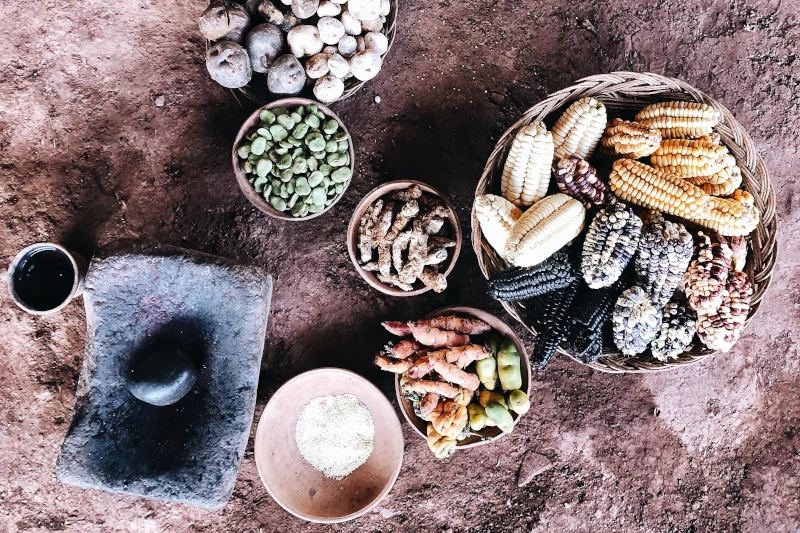
Techniques and traditions: The indigenous influence
Peruvian cuisine reflects a fascinating blend of techniques and traditions, largely derived from its indigenous cultures. These cultures have long mastered the art of using Peru’s rich natural resources. Their innovative cooking methods and unique culinary traditions continue to influence modern Peruvian gastronomy.
Take the humble potato, for example. The indigenous peoples of Peru cultivated and consumed potatoes long before the Spanish arrival. They even developed unique preservation methods that involved freeze-drying potatoes in the cold Andean nights. This technique allowed them to store and use potatoes year-round, a practice still in use today.
Another grain that holds significant cultural and historical importance is quinoa. Indigenous communities have grown and consumed quinoa for thousands of years. Notably, they learned to remove its bitter coating, making it a versatile and nutritious ingredient. Today, quinoa is celebrated globally as a ‘superfood’.
Traditional cooking techniques have also been preserved. ‘Pachamanca’, a method of cooking using heated stones buried in the ground, is a prime example. This ancient cooking method symbolizes a deep respect for the earth, a value central to many indigenous cultures.
Festivals and celebrations also highlight the influence of indigenous traditions. ‘Yunza’, a popular harvest festival, showcases a bounty of traditional foods. It’s a vibrant display of Peru’s rich culinary heritage.
Indigenous influences on Peruvian cuisine go beyond ingredients like potatoes and quinoa. They extend to the cooking techniques, traditions, and the very philosophy that food is a communal, celebratory experience. These cultural elements remain integral to the identity of Peruvian gastronomy today.
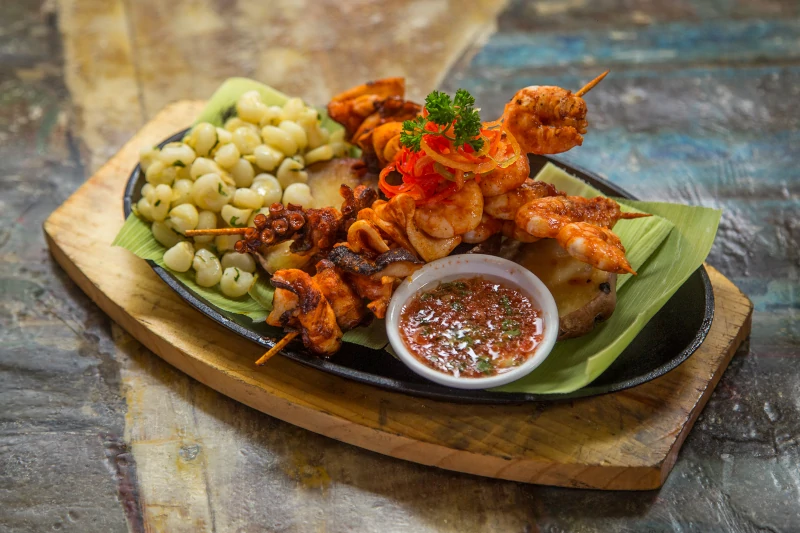
The fusion of old and new: Indigenous impact on contemporary Peruvian gastronomy
Contemporary Peruvian gastronomy is a dynamic blend of tradition and innovation. It merges indigenous roots with global influences. This fusion has led to a culinary renaissance, placing Peru on the global food map.
Consider ceviche, arguably Peru’s most famous dish. While its origins are disputed, its indigenous influence is evident. Fresh fish marinated in citrus juice, typically lime, mirrors ancient Inca preservation methods. Modern ceviche, however, incorporates elements like Japanese sashimi-style knife skills, highlighting its fusion character.
Modern Peruvian chefs, such as Gaston Acurio and Virgilio Martinez, have gained international recognition. They skillfully blend traditional ingredients and techniques with modern culinary trends. This has ignited global interest in Peruvian gastronomy.
Farm-to-table and sustainability movements have also found resonance in Peru. They align with indigenous values of respecting and nurturing the land. This alignment has resulted in a new wave of gastronomy, one that honors tradition while embracing innovation.
Peruvian street food is another testament to this fusion. It features indigenous ingredients prepared with a modern twist. From ‘anticuchos’ (grilled skewers) to ‘picarones’ (sweet potato doughnuts), the influence is clear.
In essence, the fusion of old and new in Peruvian gastronomy is more than a trend. It’s an embodiment of Peru’s history, its cultural diversity, and its future. It’s a testament to how the indigenous influence continues to shape, inspire, and evolve Peru’s culinary identity.
